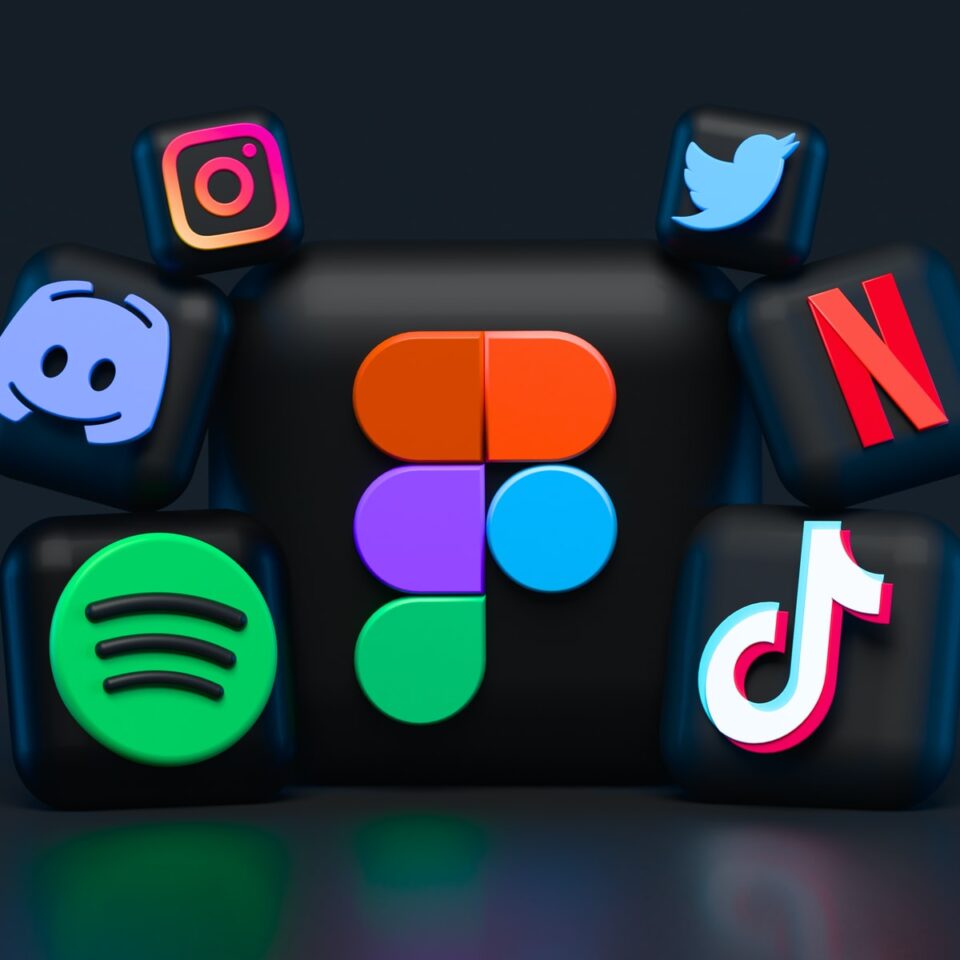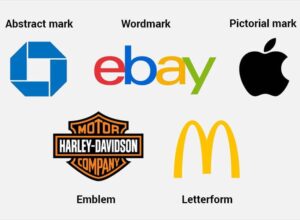So you’re wondering: Software vs apps: what is the difference? You’re not alone. This guide will explore the difference between software vs apps and give some examples in each category.
Software is a set of instructions that tells hardware how to perform tasks. It comes pre-installed on your computer or mobile device, and you can download more software onto your devices from the internet or an app store.
Examples include Microsoft Word, Google Chrome, Adobe Photoshop, and iTunes. The software has many categories (see below for examples).
Apps are a type of software designed to do one thing well. They are on mobile devices only (not computers) and are downloaded from an app store such as Apple’s app store or Google Play store.
Examples of apps include Instagram, Uber, Hulu, and Facebook Messenger.
Software
In software vs apps: what is the difference; As we just mentioned, the software is a set of instructions that tells your computer how to perform tasks. But where do these instructions come from?
Let’s first think about how you can use the software on your devices – software can be stored either on your device or downloaded onto your device.
On the one hand, you could use a program that comes pre-loaded for example, Windows, Mac, iOS, and Android all come with built-in programs like word processing programs and web browsers. These can all be considered software as well!
But more often than not, when we talk about using “software,” we refer to something downloaded onto our computers or phones from the internet.
For example, apps (like Facebook), games (like Candy Crush), and even browser extensions (like ad blockers) are all forms of downloadable software!
You can run software on your computer or mobile device.
- You can run software on your computer or mobile device.
- Software is more complex than an app.
- Your software is designed to do one thing well.
- Software is more powerful.
You use the software on your device, but you can also download software onto your device.
There are two basic ways to use software:
- On your device. This means that the software is installed on your computer or mobile device or preloaded hardware you bought, like a printer or router.
- Downloaded from the Internet. This means that you go online to get the file and install it on your own device (unless the download is a web-based app, which is discussed shortly). Point for Software in Software vs apps: what is the difference;
Apps
To understand software vs apps: what is the difference; You have to understand that Apps are programs you download and run on your smartphone.
They’re designed to do one thing well, and they’re limited in what they can do. Some apps give you instant access to the internet, photos, videos, and music.
Others help you keep up with friends or track information like the weather. It’s a personal choice as to which apps work best for you, but check out what apps are available through your phone carrier’s app store.
App is short for application.
Apps are a type of software that can be downloaded to any mobile device, such as smartphones or tablets. They are smaller programs that run on these devices and are designed to do one thing well.
For example, apps for your phone can help you with banking, shopping, and fitness. Since they are limited by the programming language used to code them, some apps have more functionality than others.
You can add more apps from the app store on your smartphone or tablet. Point for Apps in Software vs apps: what is the difference.
2) They give you instant access to the internet, photos, videos, music, etc.
Apps in Software vs apps: what is the difference?- Apps are smaller programs that make it easier for you to do specific tasks. You can find apps for almost anything, and they’re easy to download and install.
Sometimes apps are free, and sometimes they cost money. All apps have access to the internet, but you don’t need an Internet connection to use them. Examples of apps include email, a movie player, and games.
3) An app will come preloaded on and you can download lots of free apps from the app store on your device, depending on which type of device you have (Apple, Android, Windows).
Apps are designed to be easy to use and do one thing well. The most useful apps help you do something such as check the weather, pay a bill online, or play a game. Many of them are free to download, and others cost money.
An app is a kind of software designed to do one thing well.
Because apps are so focused, they do one thing better than their more generalized cousins. The app you use to play music on your phone is designed solely for playing music; it isn’t trying to do a million different things, like pay your bills or sync with your other devices.
Apps are also limited by what they can do. Because of this, apps have to be downloaded from an app store. Apps are created from code and then submitted by the developer to the app store, where developers sell them or offer them for free.
This point is very crucial to software vs apps: what is the difference?- so you have a broader understanding that apps have a one set feature focus.
Conclusion
Hopefully, you have a good understanding of what software is and what apps are by now, And the difference: Software vs apps.
Software is a program that can do many things and is stored on your device. Apps are programs that can do one thing well and are downloaded from an app store or marketplace. They are designed to be limited in order to accomplish their goal quickly and efficiently.
You should also know that when it comes to software vs apps: what is the difference? they (Software and Apps) both are set of programs.








